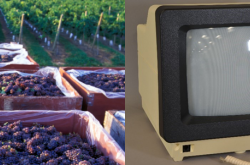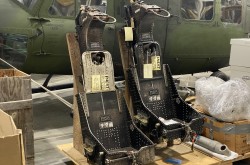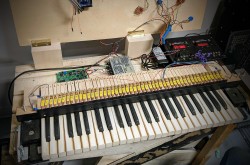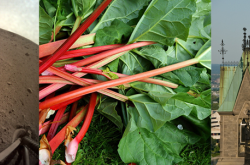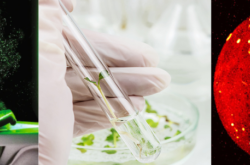Landmine Boys: What a new grad is doing to save lives
This article was originally written and submitted as part of a Canada 150 Project, the Innovation Storybook, to crowdsource stories of Canadian innovation with partners across Canada. The content has since been migrated to Ingenium’s Channel, a digital hub featuring curated content related to science, technology and innovation.
Richard Yim grew up in Cambodia where the fear of stepping on landmines was part of every child’s life. As a young boy, he dreamed of inventing technology that would put an end to landmine casualties around the world.
“After war, when peace comes and bullets stop flying, landmines are still in the ground,” says Yim, a new graduate of University of Waterloo Engineering. “Children shouldn’t have to be afraid to step off the beaten path. They should be able to walk to school and hike and explore their world without fear.”
Yim worked at larger companies during his early co-op terms and then confided to the staff at St. Paul’s GreenHouse, Waterloo’s social impact incubator, that he wanted to lead a venture that would one day put an end to landmine casualties. GreenHouse staff told him to follow his dream.
Yim and fellow co-founders of the startup Landmine Boys received a $10,000 Norman Esch Capstone Design Award for their robot that diffuses landmines without exploding them.
Transcript
Cambodia has one of the highest casualty rates from landmines in the world. Richard Yim grew up there. He came to the University of Waterloo to learn how to build a robot to defuse landmines. He’s graduating this year. Watch his story.









